BITS BLOG
Top 5 Cybersecurity Metrics Every Business Leader Should Track
Because what gets measured gets managed and protected.
Executive teams often ask a simple but critical question: “Are we secure?” The challenge is that many of the reports they receive are packed with technical indicators that do not connect directly to business outcomes.
Cybersecurity should be measurable in ways that support leadership decisions, resource planning, and operational resilience. That means focusing on metrics that show not only what is in place, but how well those controls protect what matters most.
Here are five cybersecurity metrics that offer clear, strategic insight into your security posture and help you lead with confidence.
1. Business Change Tolerance (BCT) Score
What it is:
A proprietary metric developed by BITS Cyber, BCT measures how well your organization can absorb change. This includes cyberattacks, system upgrades, regulatory shifts, or vendor disruptions.
Why it matters:
High BCT indicates that your organization is agile, resilient, and better prepared for the unexpected. It reflects both your security posture and your ability to respond and recover without disruption.
How to use it:
BCT is calculated by scoring the maturity and business impact of each control in your cybersecurity framework. This produces a strategic heatmap to guide your investment decisions.
2. MFA Coverage Percentage
What it is:
The percentage of users, systems, and applications protected by multi-factor authentication (MFA).
Why it matters:
Credential theft remains one of the most common causes of breaches. MFA prevents over 90 percent of these attacks, provided it is implemented across the right systems.
How to use it:
Measure MFA coverage across remote access, admin accounts, email platforms, SaaS logins, and critical systems. Aim for complete coverage in all high-risk areas.
3. Backup Recovery Time Objective (RTO) Readiness
What it is:
RTO defines how quickly your systems must be restored after an outage. The key metric is how closely your backup systems can actually meet that goal.
Why it matters:
Backups are not enough if recovery takes too long. RTO readiness helps you determine whether your continuity plans align with your operational risk.
How to use it:
Compare stated RTO targets with tested recovery times. Include cloud-based backups, on-prem systems, and SaaS data.
4. Vendor Risk Exposure Score
What it is:
A count of all third-party vendors with access to your systems or data, weighted by the sensitivity of that access and each vendor’s security posture.
Why it matters:
Third-party access is a growing breach vector. If you do not know who has access, you cannot manage the risk.
How to use it:
Maintain an up-to-date catalog of vendors, access points, and the data they interact with. Monitor contract terms, risk assessments, and compliance status on a regular schedule.
5. Open Risk Items with No Owner
What it is:
A count of known cybersecurity risks that have not been assigned to a responsible stakeholder.
Why it matters:
Risks without owners are not being managed. When incidents occur, these gaps delay response and compound the impact.
How to use it:
Audit your risk register routinely. Assign each item a stakeholder and deadline, and flag any items that remain unresolved beyond an acceptable timeframe.
Final Thought
Cybersecurity is not just a technical function. It is a business capability. The right metrics reveal where your organization is vulnerable, how prepared you are to adapt, and what actions will make the biggest impact.
At BITS Cyber, we help leadership teams gain clarity with metrics that support smarter, more strategic decisions. Security is not about perfection. It is about informed control.
